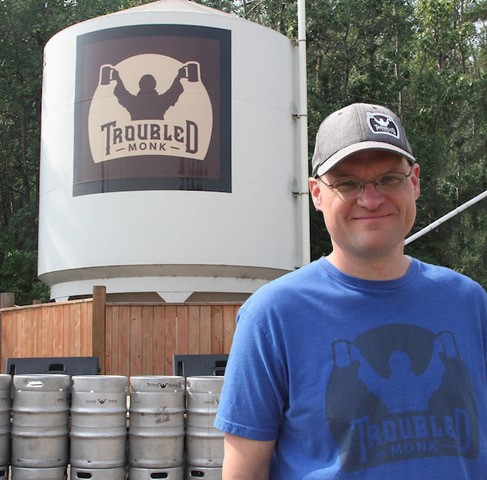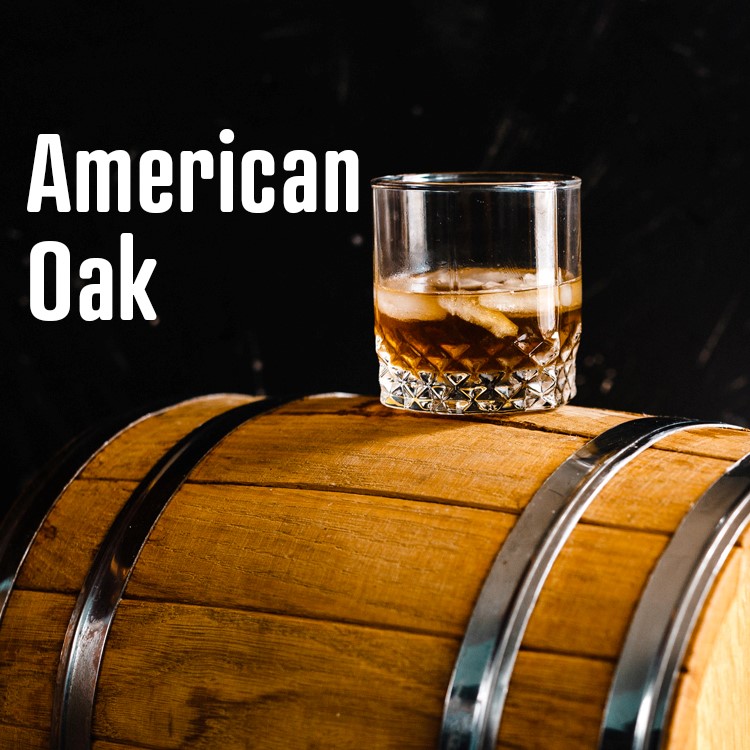Malting and Milling
Malted barley is the favoured cereal grain used in traditional brewing processes. Barley is modified during the malting process to ensure biochemical changes occur within the grain which generate essential enzymes, sugars and proteins required in the production of wort
Milling is a process in which the husk or outer layer of the grain is crushed, and the inner is broken up to allow the mashing liquor to access the entire grain. This is a very crucial step in the process because milling improperly can break a beer before the brewing has even begun. The key is to crush the the grains enough so that it exposes the starchy center of the barley seed without damaging the grain hulls that encase them.
Mashing (Mash Tun)
Mashing is the brewer’s term for the hot water steeping process which hydrates the barley, activates the malt enzymes, and converts the grain starches into fermentable sugars. Brewers monitor the mash temperatures very closely. The types of sugars that are produced by the enzymes can be controlled by the raising and lowering of the temperature.
Lautering (Lauter Tun)
Lautering is a process in which the mash is separated into two forms; the residual grain and the sugary clear liquid known as wort. Wort gives the beer it’s fundamental flavors, including those of the grains and hops that the brewer’s recipe calls for. The Lauter tun vessel has V-Wire screens creating a false bottom which allows for the following steps:
Mash Out – Mash Out makes lautering easier by raising the temperature of the mash. The hotter the mash, the lower the viscosity of the entrained wort and the easier it is to drain it away from the grain solids.
Recirculation (Vorlaufing) – Consists of drawing wort off the bottom of the mash, and adding it to the top. The mash itself acts somewhat like a sand filter to mash debris and proteins.
Sparging – Water is added during lautering to extract more of the fermentable sugars from the grain.
Boiling (Kettle)
After the wort has been separated from the grain by lautering, it is transferred to the Kettle and brought to a prolonged boil. This is twofold. First and most importantly boiling sterilizes the wort.
Secondly, it is during the boiling process that hops are introduced to the wort. The length of time that the wort is boiled lends to the bitterness of the resulting product.
Whirlpool
After the wort has finished its boil in the kettle, it is transferred to the Whirlpool vessel. The boiled wort is rapidly pumped into the Whirlpool through a tangential inlet on the side of the vessel. In addition to cooling, the resulting whirlpool effect separates the wort from any solids that may have been added during the boil or remained from the lautering process. The separate solids are called the trub which is cleaned from the whirlpool once the wort has been drained and sent through the Heat Exchanger en route to the Fermenter.
Fermentation
The fermenter is a temperature controlled, cone-bottomed vessel. As the wort is cooled from the Heat Exchanger, it is pumped into the fermenter and the yeast is added. The yeast begins to eat the sugars created during the mash, resulting in the expulsion of carbon dioxide and alcohol. Fermentation time varies. Generally an ale will require 14 days of fermentation, while a lager would require 26. When fermentation has finished, the beer is cooled to about 32 F (0 C). This helps the remaining yeast settle to the bottom of the fermenter, along with other undesirable proteins that come out of solution at this lower temperature.
Carbonation
After the yeast has settled in the cone of the fermenter, the beer is pumped into a bright tank where it is then carbonated and prepped for packaging (bottles, kegs, cans etc).






